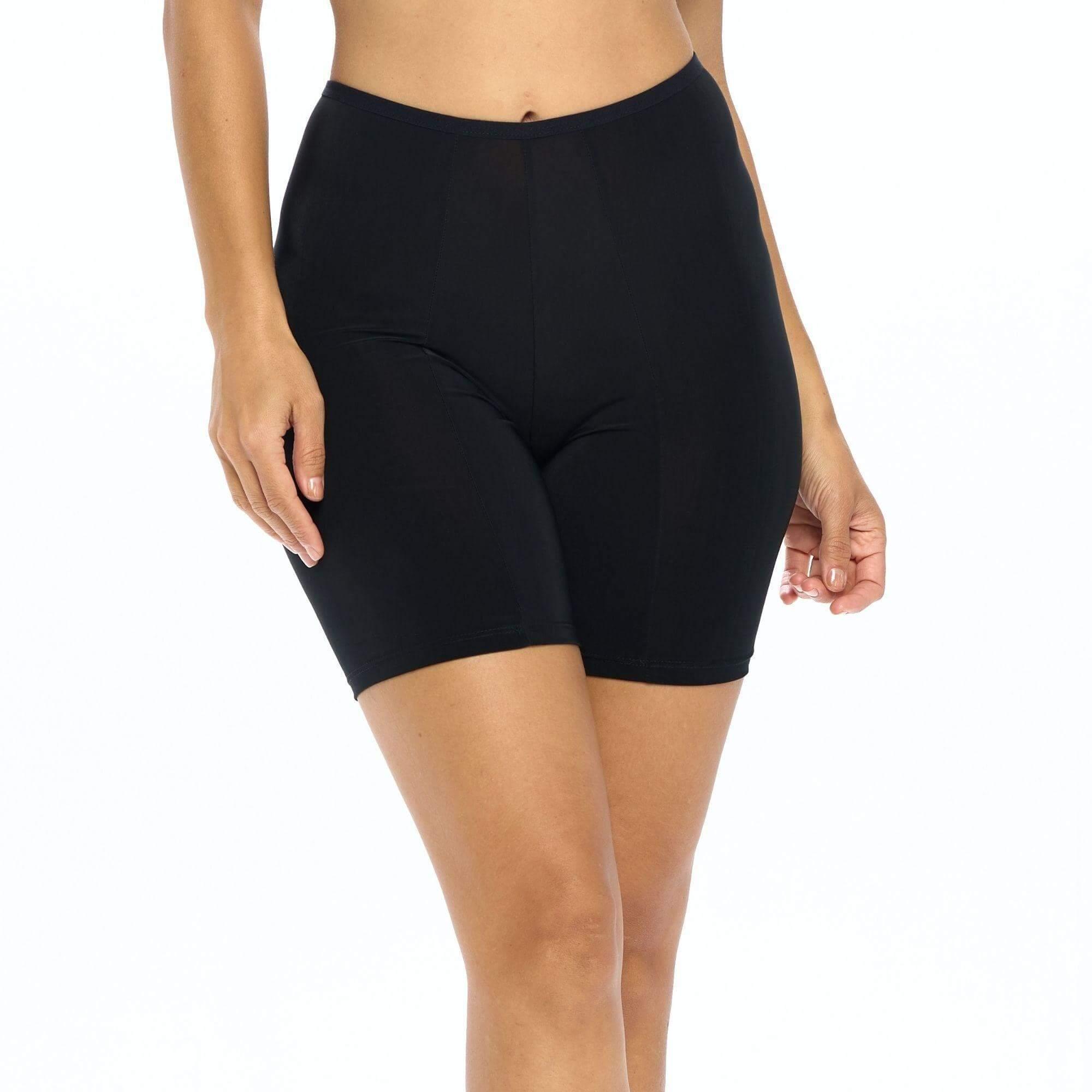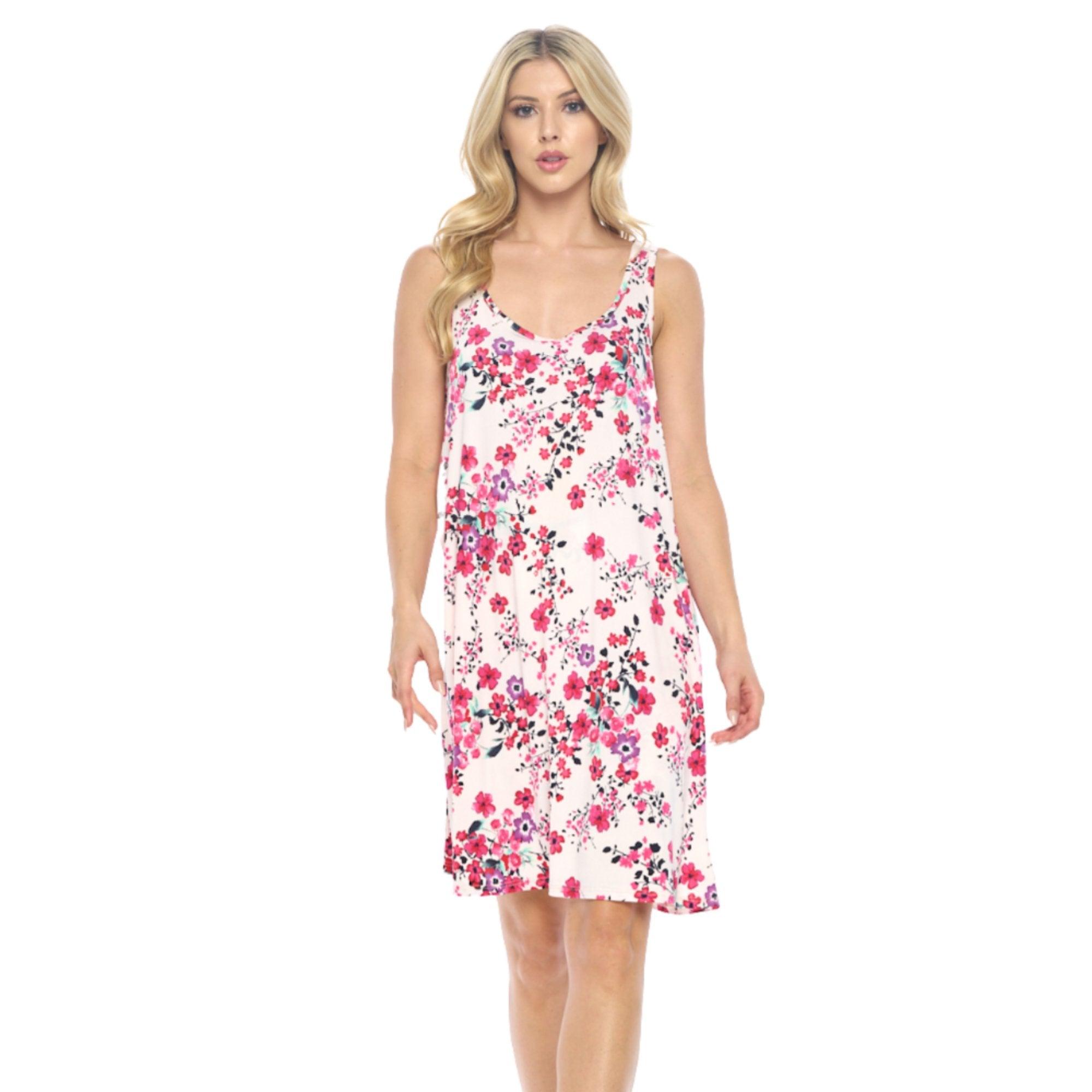Have you ever heard the phrase ‘camel toe’ and wondered what it meant? While this expression may seem funny or even a bit strange, it has come to have an important meaning in today’s culture. This essay will explore the history and definition of ‘camel toe’ and its various interpretations, from cultural significance to negative connotations and even positive interpretations. From the earliest days of its usage to its modern-day meanings, this essay will take a deeper look at what this phrase means.
Definition of Camel Toe
Camel toe, also known as “front wedgie” or “muffin top”, is a slang term for the visible outline of female genitalia through wearing tight-fitting clothes or clothing. It typically refers to the shape created when wearing tight-fitting pants or skirts and results in a revealingly noticeable bulge that resembles the front feet of a camel. The phrase is often used in a derogatory manner to describe women who wear clothing deemed too revealing. However, some people have embraced this term and use it to describe themselves with pride.
In recent years, there has been an increase in the popularity of underwear specifically designed to prevent camel toe. This type of underwear usually provides more coverage around the crotch area, making it a good choice when wearing pants that fit closer to the body. While these garments can help reduce visible outlines, they should be worn cautiously, as too much fabric can create an unappealing silhouette.
History of the Term
The phrase “camel toe” has been around since the early 2000s, when it was popularized by a song by the band The Fannies. The term quickly gained popularity and began to be used in numerous pop culture references. In 2004, an episode of “The Simple Life” featured Paris Hilton and Nicole Richie discussing how to prevent camel toe, which further solidified the phrase in popular culture.
Today, the phrase is still used regularly, often as an insult towards women who are wearing tight-fitting clothing that reveals too much. However, many people have embraced the term and proudly use it to describe a woman and their style or fashion choices. No matter what your opinion on the phrase is, there's no denying that it has become firmly entrenched in the modern cultural lexicon.
Understanding the Different Types of Camel Toe

- Types of clothing that can make camel toe happen:
- Tight clothing, leggings, yoga pants, tight pants, or shorts
- Swimsuits, especially those made of thin material
- Bodysuits and leotards
- Bike shorts and athletic wear
- Differences in the appearance of Camel Toe:
- Depending on the clothing and body shape, the appearance of Camel Toe can vary.
- Some Camel Toe may appear as a visible outline or bulge in the genital area, while others may create a crease or fold in the fabric.
- Camel Toe can also vary in intensity, with some being more prominent than others.
- The impact of body shape on Camel Toe:
- Body shape plays a significant role in the appearance of Camel Toe.
- Women with larger labia or more prominent pubic bones are more likely to experience Camel Toe.
- Women with smaller or less prominent genitalia may not experience Camel Toe as frequently.
- The fit of the clothing also affects Camel Toe, with tighter clothing exacerbating the issue.
Cultural Significance

The phrase “camel toe” has taken on different meanings depending on where you look. To some, it simply refers to a shape resembling the visible outline of a woman's genitalia through her clothing, which can be accentuated by tight-fitting or revealing clothing. However, for many cultures, the phrase carries much deeper cultural significance.
In Eastern religions and Christian traditions, camel toe is seen as an allusion to life’s journey and our eventual return to dust. Additionally, it serves as a reminder against vanity and indulging in material possessions too much—instead focusing on love and kindness towards others. Even within countries, different geographical regions may interpret the phrase differently based on their own beliefs and customs.
Ultimately, the meaning of camel toe depends largely on one’s cultural background and personal beliefs. No matter what your opinion is on cameltoe, though, it’s important to recognize its cultural significance around the world and how it continues to shape various societies even today.
Negative Connotations
The phrase “camel toe” has unfortunately taken on a negative connotation in today's society. It is often used to shame or make fun of women who are perceived as dressing too revealing or not taking proper care of their bodies. This type of language can be hurtful and damaging to those who hear it and can contribute to feelings of insecurity.
Additionally, the phrase can be seen as objectifying women by reducing them to nothing more than sexual objects. This contributes to the already-prevalent idea that women should look a certain way to be attractive and accepted in society, which is an outdated notion that needs to be challenged.
Though camel toe has become a part of popular culture for some people, it should not be used to put down or insult another person. Instead, we should take this opportunity to change the conversation around body image and create an environment where everyone feels comfortable with their own body regardless of gender or size.
Addressing the Issue of Camel Toe
- How to prevent Camel Toe:
- Avoid tight-fitting clothes and choose clothing with a looser fit or made from thicker, more supportive fabrics.
- Look for clothing with a gusseted crotch, which can help prevent the fabric from riding up.
- Avoid clothing with a seam that runs down the center of the crotch, which can create an uncomfortable crease.
- What to do if camel toe commonly occurs:
- If you feel uncomfortable or self-conscious about Camel Toe, try adjusting your clothing or changing it into something more comfortable.
- Using a panty liner or underwear without a visible seam can be helpful. Consider the Shortlette by Undersummers, which features a seamless inner thigh design. These anti-chafing shorts provide good coverage without bunching up.
- If Camel Toe is causing physical discomfort, such as chafing or irritation, consider applying a soothing cream or ointment.
- Tips for designers to avoid creating Camel Toe in their clothing:
- Avoid using fabrics that are too thin or stretchy, which can accentuate the genital area.
- Use gussets or panels in the crotch area to help prevent the fabric from riding up and creating Camel Toe.
- Consider using darts or other shaping techniques to create a more flattering fit that does not accentuate the genital area.
Conclusion
The phrase “camel toe” has been used in various ways, from an insult to a source of empowerment. Regardless of how one chooses to interpret it, there is no denying that the phrase has become part of popular culture. Whether used as an insult or a way to flaunt what makes us unique, understanding the meaning and implications behind “camel toe” is important for all of us. Ultimately, we should strive to treat each other with respect and acceptance regardless of what someone wears or how they choose to express themselves. By accepting ourselves and others without prejudice, we can create a more positive and inclusive society – one where everyone feels comfortable being their true selves.









